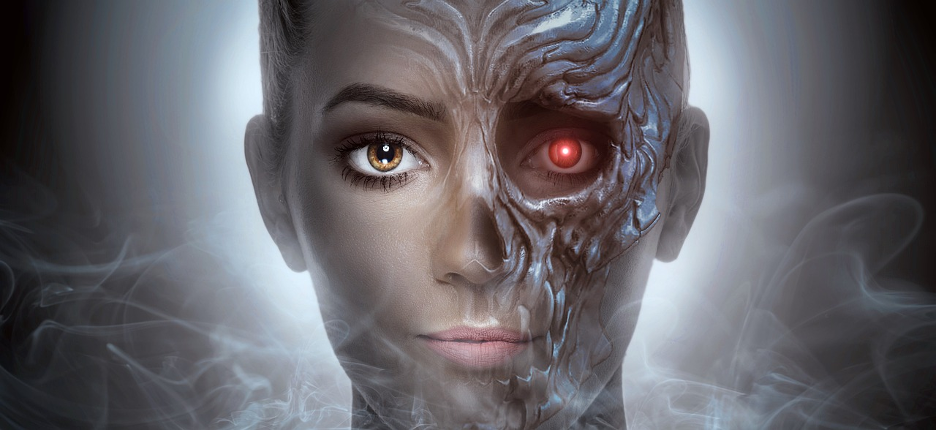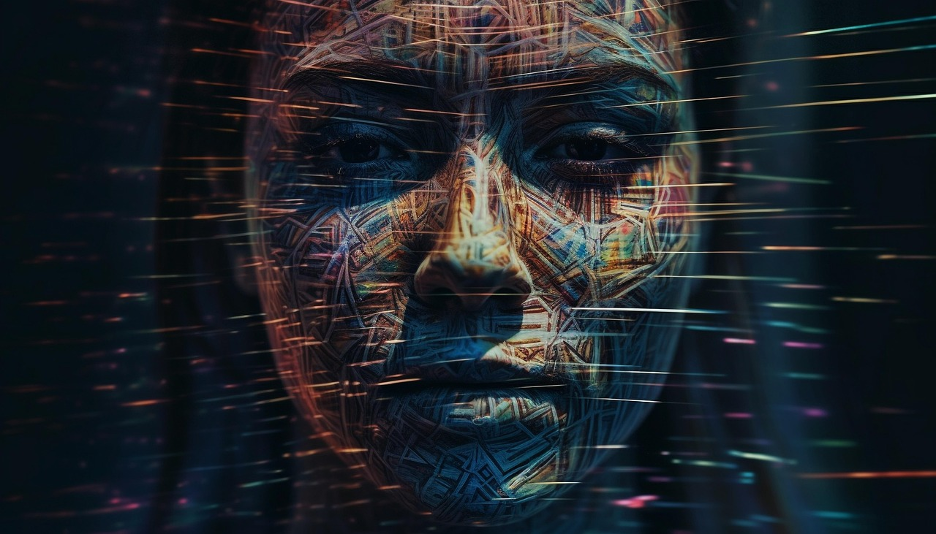Can Computers Think Creatively? Exploring AI’s Role in Music, Art, and Design

The idea of computers being creative has long been a topic of debate in technology and the arts. While machines are great at performing tasks based on patterns and algorithms, creativity has historically been seen as a uniquely human trait. But recent advancements in artificial intelligence (AI) are challenging that perception. It is no longer just about calculating data or solving logical problems — it’s increasingly used to create music, art, and even designs.
AI’s creative abilities are still in their early stages, but its impact on various creative fields is undeniable. For paintings, symphonies, or design, it is proving to be more than just a tool — it’s becoming a collaborator.
In creative fields, technology has opened up new possibilities for self-expression. Imagine a world where the lines between a human artist and a machine blur, where the creativity of redhead single women and computer-generated artwork can coexist in harmony. This evolving synergy is changing the way we think about creativity. The collaboration between humans and machines may one day result in a new form of art, one where AI doesn’t simply copy but innovates.
AI and Music Creation
AI’s influence in the music industry has been growing rapidly, and it’s reshaping how music is composed, produced, and even performed. In recent years, it has been used to compose classical music, write pop songs, and even generate new genres. Machine learning algorithms can analyze thousands of music tracks and identify patterns in melody, rhythm, and harmony. These insights are then used to create new compositions that mimic or even push beyond traditional music structures.
AI-Powered Platforms in Music Creation
OpenAI’s MuseNet and Google’s Magenta can generate original compositions in different genres, from jazz to electronic music. What’s particularly fascinating is that some of these pieces are indistinguishable from compositions created by human musicians. These systems don’t just replicate existing works; they can generate new, innovative melodies that are fresh yet familiar to the human ear.
However, the question remains: does this make AI creative in the same way humans are? While it can produce music that sounds beautiful, it still lacks the emotional depth that comes from personal experience. Human composers often draw from their emotions, memories, and cultural context when creating music.
Technology, on the other hand, operates on data and algorithms. It doesn’t feel or experience life as humans do. This raises the question of whether AI’s creations can ever truly be considered “art” in the way humans understand it.
AI and Art
Programs like DeepArt, which use neural networks to transform photos into paintings in the style of famous artists, demonstrate the power of AI in visual creativity. These programs analyze the features of famous paintings, apply similar techniques to new images, and create works that feel familiar and new simultaneously. This process allows machines to create art that mimics human style and pushes creative boundaries in unexpected ways.
AI and Authorship
Since a machine is involved in the creation process, it raises questions about who owns the rights to the artwork — the AI, the programmer, or the person who commissioned the piece? In some ways, technologies allow art to be more accessible. Artists can use them to bring their ideas to life more quickly and efficiently while opening up new creative avenues. For instance, some artists use AI to explore abstract concepts or create digital art in new, innovative ways.
Despite AI’s potential, many argue that it lacks true creativity because it cannot understand the meaning behind its creations. While a computer may create visually stunning artwork, it doesn’t have the personal history or emotional resonance that a human artist brings to their work. Some artists see it as a tool to augment their creativity rather than a replacement for it.
AI and Design
In graphic and product design, or even architecture, AI is used to generate ideas and personalize user experiences. For example, in the fashion industry, it is used to analyze current trends, consumer preferences, and fabric patterns to create new clothing designs. Fashion houses are turning to AI to predict trends, forecast consumer behavior, and even generate entire collections based on data-driven insights.
In product design, AI-powered software can help create designs that are aesthetically pleasing, functional, and efficient. Analyzing existing designs and incorporating feedback from users allow AI to generate new solutions that address specific design problems. This technology is particularly useful in fields like automotive and industrial design, where precision and functionality are key.
The Human-AI Collaboration: The Future of Creativity

Rather than replacing human creativity, AI serves as a tool that enhances and augments the creative process. It can generate new ideas, analyze patterns, and optimize designs, but it is human vision, emotion, and context that bring these ideas to life in a meaningful way.
The partnership between human creativity and AI is something that is still in its infancy, and we can expect it to evolve over time. As technology improves, the collaboration between humans and machines could redefine the boundaries of what is considered creative work. In this future, we might see artists, musicians, and designers working alongside algorithms to produce groundbreaking works that reflect the best of both worlds.
In a Nutshell
AI has made impressive strides in the world of music, art, and design, but it has yet to prove that it can truly “think creatively” in the same way humans can. While it can generate impressive works, its creations are still driven by algorithms and data rather than emotion, personal experience, or cultural context. However, as a tool for collaboration, AI holds incredible promise.
Working together with humans will help AI push the boundaries of creativity and offer new possibilities that were previously unimaginable. In the end, the real power lies in how humans and machines can combine their strengths to create something truly innovative.
Miss Clipping Out Stories to Save for Later?
Click the Purchase Story button below to order a print of this story. We will print it for you on matte photo paper to keep forever.

